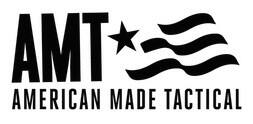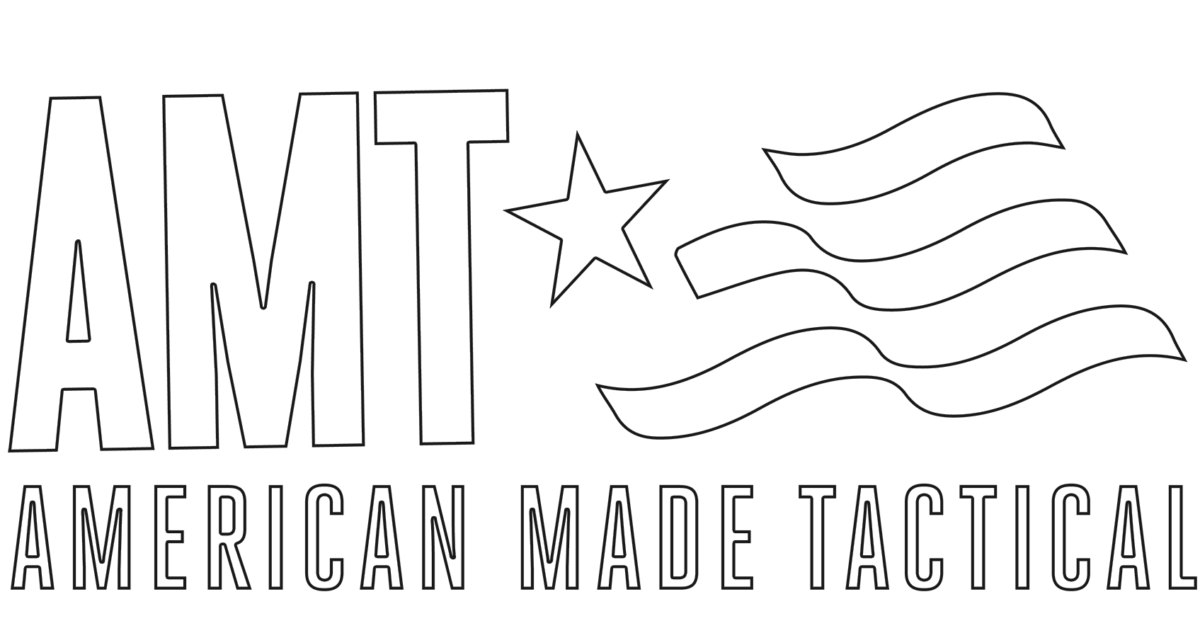80 Lowers
What is an 80 % AR-15 Lower Receiver?
Most firearms enthusiasts are familiar with the famous AR-15 rifle. Yet, many Americans are not aware that any citizen who is legally empowered to own a firearm can also legally manufacture their own firearm for personal use provided that it does not violate the stipulations of the National Firearms Act of 1933. Consequently, many gun owners take advantage of this fact by building their own AR-15 rifles using an 80% complete lower receiver.
What is a Lower Receiver AR 15?
So, what is an 80% lower receiver? The term commonly refers to an AR-15 lower receiver which has only been partially milled by the manufacturer so that it does not meet the definition of a firearm according to the Bureau of Alcohol, Tobacco, and Firearms (aka ATF). However, it should be noted that the figure 80% is not necessarily indicative of the amount of milling and drilling required to make the receiver fully functional.
 Instead, when you purchase an 80% lower receiver, most of the milling work has already been done by the manufacturer. Thus, usually all that is required of the shooter is to use a jig and a router to finish milling the interior of the receiver.
Instead, when you purchase an 80% lower receiver, most of the milling work has already been done by the manufacturer. Thus, usually all that is required of the shooter is to use a jig and a router to finish milling the interior of the receiver.
What is The Difference Between Stripped Lower and 80 Lower?
To answer this, we must go back to the original question, “what is an 80 lower receiver?”. This is a part of the lower receiver that has only been partially milled and will require more assembly and work post-purchase. Additionally, it does not require any background checks or a FLL. This is because they aren’t considered firearms by the ATF (Bureau of Alcohol, Tobacco, and Firearms).
A stripped lower is a lower that only refers to the receiver itself, not including the triggers, safety, or the magazine. Unlike the 80% lower, when buying a stripped lower, you need a FLL and a background check. The benefits of a stripped lower, are that they allow for a nice customization for the avid marksman. With a stripped lower, you can customize the grip, trigger and other aspects.
What You Need to Mill an 80% Lower Receiver
Most of the milling and drilling on an 80% lower receiver is done by the manufacturer. However, completing the process of milling and drilling the interior of the receiver is actually a relatively simple procedure that most any shooter can complete at home. In fact, most manufactures of 80% lowers also offer both milling jigs which hold the receiver and guide the router and milling tool kits which commonly consist of a pair of drill bits and set of end mills.
which commonly consist of a pair of drill bits and set of end mills.
Consequently, generally all a shooter needs to finish milling an 80% lower is a milling jig kit and a milling tool kit such as those offered by us at American Made Tactical, a vise, a router, manual mill, CNC mill, electric drill or a table top or standing drill press.
What is an 80 Lower’s Main Benefits
Well, contrary to what you might expect, it’s not less expensive to do so. In fact, in many cases, 80% lower receives cost just as much a fully milled and drilled lower receiver does. Plus, as mentioned above, there are certain tools that a shooter must have to complete the milling process. Therefore, many shooters find the process of milling their own lower receivers to be too expensive and/or too much work.
What is The Point of 80 lowers?
But, because an 80% lower receiver does not meet the definition of a firearm according to the BATF, the manufacturer is not required to stamp a serial number on it. Therefore, the shooter is not required to purchase it from a licensed firearms dealer and thus, they are not required to fill out a form 4473 and pass a background check prior to purchase.
So, now that you know what an 80% lower receiver is and what you need to complete the milling process, the next question is why would you choose an 80% lower over a fully milled and drilled lower?
Well, contrary to what you might expect, the reason it is not because it’s less expensive to do so. In fact, in many cases, 80% lower receives cost just as much a fully milled and drilled lower receiver does. Plus, as mentioned above, there are certain tools that a shooter must have to complete the milling process. Therefore, many shooters find the process of milling their own lower receivers to be too expensive and/or too much work.

But, because an 80% lower receiver does not meet the definition of a firearm according to the BATF, the manufacturer is not required to stamp a serial number on it. Therefore, the shooter is not required to purchase it from a licensed firearms dealer and thus, they are not required to fill out a form 4473 and pass a background check prior to purchase.
Some shooters as well as some politicians have dubbed firearms manufactured at home without a serial number “Ghost Guns” and each has done so with drastically different intent. However, for the shooter, 80% lowers offer the advantage of remaining completely legal as long and the shooter who completes the milling process retains ownership of the receiver. This, in turn, enables the shooter to legally own a firearm that is not recorded or registered in any way.
However, it should also be noted that according to the BATF, while it is legal for a shooter to use an 80% lower to assemble a fully functional firearm and then sell said firearm at a later date, doing so does require the shooter the apply a serial number of their choosing to the receiver prior to sale in addition to following all other applicable local, state, and federal laws concerning private gun sales.
Consequently, while some shooters may find it either cost prohibitive or labor prohibitive to purchase the necessary equipment and tools needed to complete the milling process on a single 80% lower receiver, spreading said cost over multiple receivers can help to make the investment worthwhile. Plus, building a so-called “ghost gun” provides you with the option of legally owning one or more AR-15’s which are completely off of the grid.
Last, it should be noted that many manufactures of 80% AR-15 lower receivers such as American Made Tactical offer the shooter a choice of either forged or billet type receivers; each of which have both advantages and disadvantages which we will discuss in another article. In addition, most manufacturers also offer both anodized receivers and “raw” (aka unfinished) receivers so that you can create your own custom anodized look.
So, although it does require a bit more work to build an AR-15 using an 80% lower, many shooters find the advantages of doing so to be well worth the added effort.

